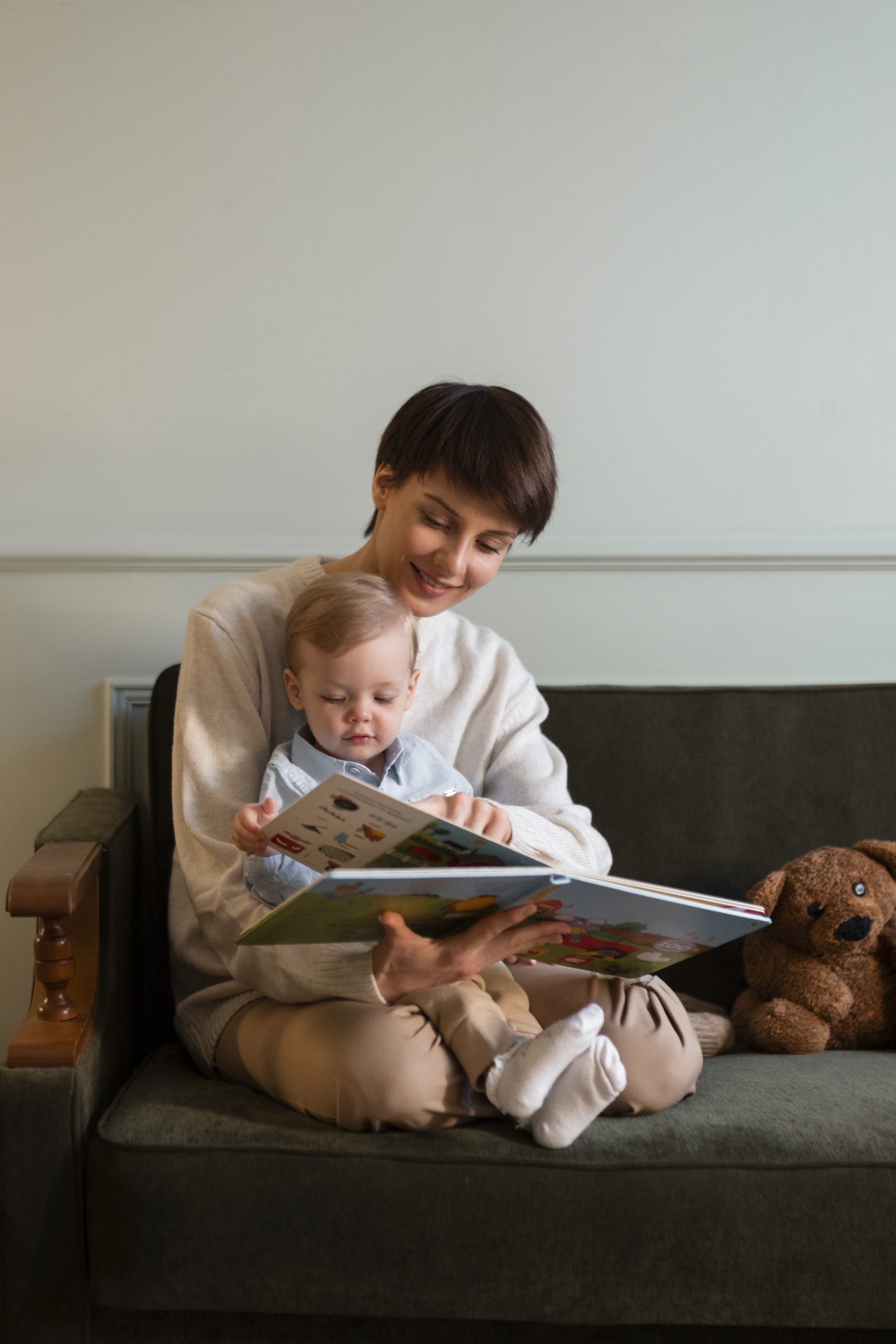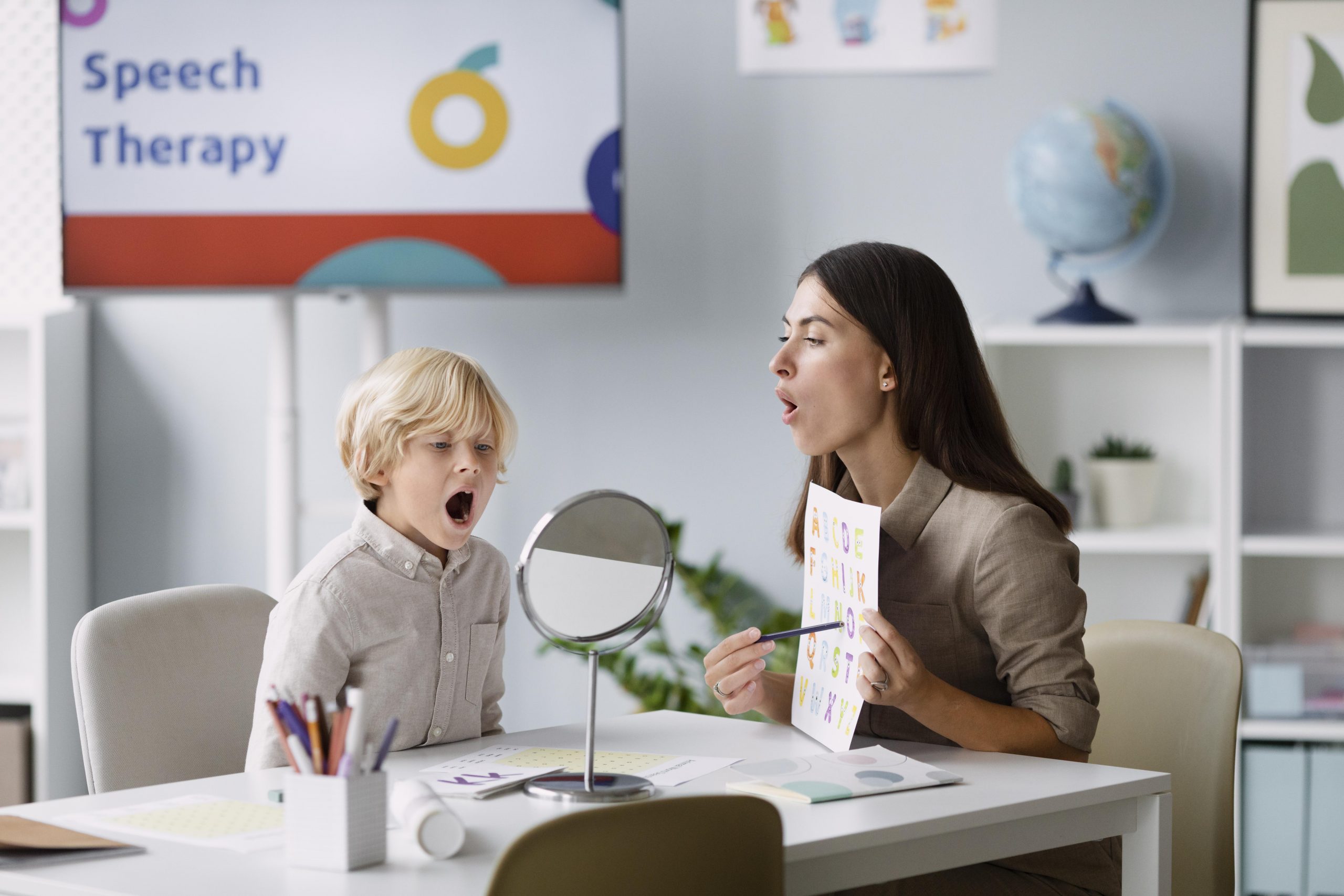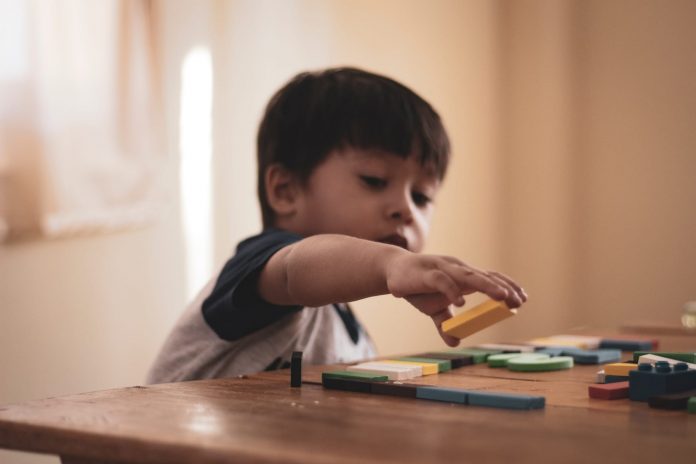As a seasoned content marketer and a parent who has coached numerous families through their parenting journeys, I’ve encountered a wide range of developmental milestones and challenges.
One of the more perplexing issues for many parents is when their 3-year-old child isn’t talking yet but clearly understands everything around them.
This article aims to delve deep into this topic, offering insights and actionable advice based on both professional experience and personal observations.
Understanding the Silence: A Closer Look at Your 3-Year-Old

The World of a Non-Verbal 3-Year-Old
It’s important to recognize that children develop at their own pace. However, by the age of 3, most children have a vocabulary of about 200 to 1,000 words and can put together simple sentences. If your child isn’t talking but shows understanding, it’s a sign that they are absorbing their environment and processing information, even if they’re not verbally expressing it.
Key Signs of Understanding Without Speaking
- Responds to instructions (e.g., throw a toy instead of playing when asked)
- Shows emotions appropriate to situations
- Engages in non-verbal communication (pointing, gesturing)
Possible Reasons Behind the Silence
Several factors could contribute to why your child understands but isn’t talking:
- Late Bloomers: Some children simply start talking later than others.
- Speech or Language Disorders: Conditions like apraxia, where a child has trouble coordinating the movements needed to form words, could be a factor.
- Hearing Issues: Even minor hearing problems can affect speech development.
- Social and Environmental Factors: The child’s social environment, including interaction with caregivers, can influence speech development.
When to Seek Professional Help
It’s generally advisable to consult a pediatrician or a speech-language pathologist if:
- Your child prefers gestures over vocalizations to communicate.
- They have difficulty imitating sounds.
- There are other developmental delays present.
Actionable Steps for Parents
Creating a Stimulating Environment

- Engage in Constant Verbal Interaction
Talk to your child throughout the day about what you’re doing, what they’re doing, and what’s happening around them. This constant verbal engagement helps immerse them in the language.
- Read Together
Reading is a fantastic way to build language skills. Choose books that are engaging and suitable for their age. Ask questions about the story and pictures to encourage interaction.
- Play Interactive Games
Games that require taking turns and following instructions can be beneficial. Simple games like ‘Simon Says’ can be both fun and educational.
Encouraging Speech Development
Simplify Your Language
Use simple, clear language that your child can easily imitate. Break down sentences into simpler, more manageable phrases.
Reinforce Attempts to Speak
Celebrate and encourage any attempt your child makes to speak, even if it’s not perfect. Positive reinforcement can boost their confidence.
Explore Alternative Communication Methods
While focusing on speech, also consider teaching sign language or using picture boards. These tools can help your child communicate their needs and reduce frustration.
When to Consider Professional Intervention
If you’ve tried these strategies and still have concerns, it might be time to seek professional help. A speech-language pathologist can assess your child’s needs and develop a tailored intervention plan.
The Role of Parenting Styles in Speech Development
Impact of Different Parenting Approaches
Parenting styles play a significant role in a child’s overall development, including their speech and language skills. It’s crucial to understand how different parenting approaches can influence this aspect of your child’s growth.
Authoritative vs. Permissive Parenting
An authoritative parenting style, characterized by a balance of responsiveness and demandingness, is often considered ideal for fostering a range of positive outcomes in children, including language development. In contrast, permissive parenting, which is high in responsiveness but low in demandingness, might not provide enough structure and stimulation for speech development.
The Role of Consistency and Expectations
Setting consistent routines and having realistic expectations are key. Children thrive in environments where they know what to expect and feel encouraged to explore and express themselves. This consistency helps in creating a safe space for them to experiment with language and communication.
Strategies Aligned with Effective Parenting Styles
Balanced Interaction
Engage with your child in a way that is neither overbearing nor too lax. Encourage their attempts to communicate, but also give them space to express themselves on their own terms.
Encourage Independence
Allow your child to make choices and express their preferences. This autonomy can motivate them to use words to express their needs and desires.
Model Positive Communication
Children learn by imitation. Use clear, concise language and show them how to express emotions and thoughts effectively. This modeling is crucial in teaching them the nuances of communication.
Speech Development Activities
Fun and Engaging Language Activities

Storytelling and Role-Playing: Create stories together or engage in role-playing games. These activities not only stimulate imagination but also encourage your child to formulate sentences and narratives.
Singing and Music: Songs with repetitive and simple lyrics are excellent for language development. Music can enhance memory and make learning new words more enjoyable.
Use of Technology: In moderation, educational apps and programs designed for language development can be beneficial. They provide interactive and engaging ways for children to learn new words and concepts.
The Importance of Social Interaction
Playdates and Group Activities
Social interactions with peers can significantly boost language skills. Organize playdates or participate in group activities where your child can practice communicating with others.
Family Conversations
Include your child in family conversations. This inclusion gives them a sense of belonging and motivates them to participate verbally.
Recognizing the Signs of Progress
- Increased attempts to speak or mimic sounds
- Using gestures along with sounds or words
- Showing interest in books and stories
Addressing Underlying Issues in Speech Development
Exploring Potential Developmental Concerns
Focused on environmental and parenting influences on speech development, it’s crucial to consider and address potential underlying developmental issues that might be affecting your child’s ability to speak.
Identifying Developmental Delays
Developmental delays in speech and language can sometimes be indicators of broader issues. These may include autism spectrum disorders, cognitive delays, or even emotional challenges. Early identification and intervention are key to providing the necessary support.
The Role of Emotional Well-being
A child’s emotional environment significantly impacts their developmental progress. Stressful or emotionally neglectful environments, akin to those sometimes found in uninvolved parenting scenarios, can hinder speech development. Children need a nurturing and supportive atmosphere to feel confident in expressing themselves verbally.
Professional Evaluation and Support

Seeking Expert Advice
If you suspect any developmental delays, consult with a pediatrician or a speech-language pathologist. They can conduct assessments to determine the nature of the delay and recommend appropriate interventions.
The Importance of Early Intervention
Early intervention programs are designed to address developmental delays and can significantly improve outcomes. These programs often involve speech therapy, occupational therapy, and other forms of support tailored to the child’s needs.
Integrating Professional Guidance with Home Strategies
Following Through at Home
Implementing strategies and exercises recommended by professionals at home can reinforce progress. Consistency and regular practice are crucial in helping your child improve their speech skills.
Creating a Supportive Home Environment
Fosters an environment that encourages communication. This includes being patient, listening actively, and creating opportunities for your child to express themselves.
Nurturing Speech Through Everyday Interactions

Practical Tips for Daily Communication
-
Simplify and Repeat
Use simple language and repeat phrases to help your child understand and attempt to mimic them. Repetition aids in learning and retention.
-
Encourage Non-Verbal Communication
While focusing on speech, also encourage non-verbal forms of communication like gestures or sign language. This can help reduce frustration and provide alternative ways to express themselves.
-
Celebrate Small Achievements
Acknowledge and celebrate even small milestones in your child’s speech development. Positive reinforcement can boost their confidence and motivation.
The Power of Patience and Persistence
- Understand that progress may be slow and that’s okay.
- Stay consistent with your efforts and strategies.
- Celebrate the journey of development, not just the destination.
Advanced Strategies for Enhancing Speech Development
Building on Foundations: Moving Beyond Basics
After addressing the initial concerns and establishing a supportive environment for speech development, it’s time to explore advanced strategies. These techniques are designed to further enhance your child’s language skills, especially as they grow and their cognitive abilities become more sophisticated.
Expanding Vocabulary
- Introduce new words regularly in conversations.
- Use descriptive language to explain objects, emotions, and actions.
- Encourage your child to name and describe their surroundings.
Complex Language Structures
- Start introducing more complex sentence structures in your conversations.
- Use questions that require more than yes/no answers to encourage your child to form their own sentences.
Creative and Interactive Learning Methods

Storytelling and Creative Play
- Engage in storytelling activities where your child can create their own stories. This not only boosts imagination but also language skills.
- Use toys and props to create scenarios that encourage your child to communicate.
Educational Games and Activities
- Choose games that involve word usage and sentence formation.
- Puzzles, word-matching games, and board games can be both fun and educational.
Technology as a Tool
- Utilize educational apps and software that focus on language development.
- Interactive and engaging, these tools can supplement traditional learning methods.
Socialization and Language
Group Activities and Playdates
- Encourage your child to participate in group activities where they can practice their communication skills with peers.
- Activities like group storytelling, singing, or play-acting are excellent for language development.
Family Interaction
- Involve your child in family discussions.
- Encourage them to express opinions, ask questions, and talk about their day.
Monitoring Progress and Adapting Strategies

Regular Assessments
- Keep track of your child’s language development milestones.
- Be open to adapting your strategies as they grow and their needs change.
Celebrating Growth
- Acknowledge and celebrate your child’s progress, no matter how small.
- Positive reinforcement can significantly boost their confidence and interest in using language.
When to Seek Further Help
- If you notice any regression or stagnation in speech development, consult a professional.
- Regular check-ins with a speech-language pathologist can ensure that your child is on the right track.
Conclusion
Parenting styles and the activities you engage in with your child play a pivotal role in their speech development. By adopting a balanced approach and incorporating fun, engaging activities, you can significantly aid your child’s language skills.
Addressing underlying issues in speech development requires a combination of professional guidance and supportive home strategies.
By understanding potential developmental concerns and integrating expert advice with nurturing home practices, you can effectively support your child’s speech development journey.
Enhancing speech development in children is a dynamic and ongoing process. By employing advanced strategies and maintaining a supportive, interactive environment, you can significantly aid your child’s language skills.
Remember, every child is unique, and adapting your approach to fit their individual needs is key to successful language development.


